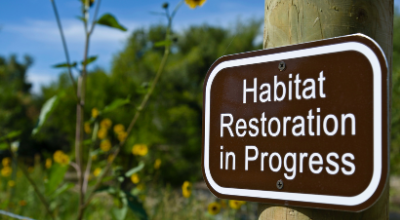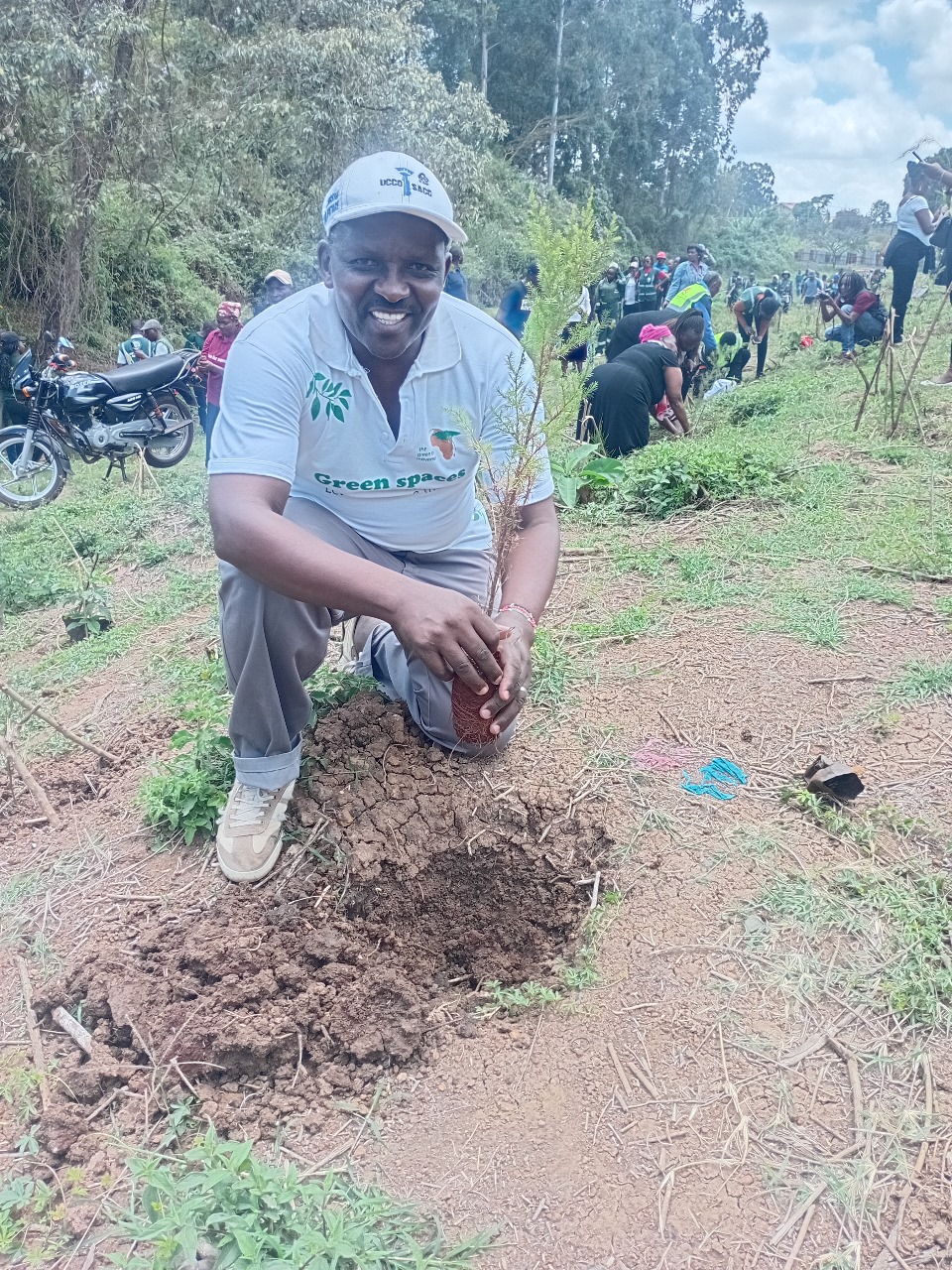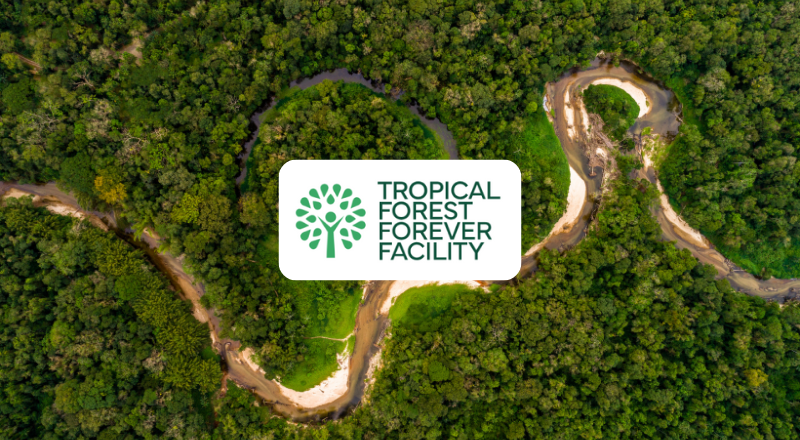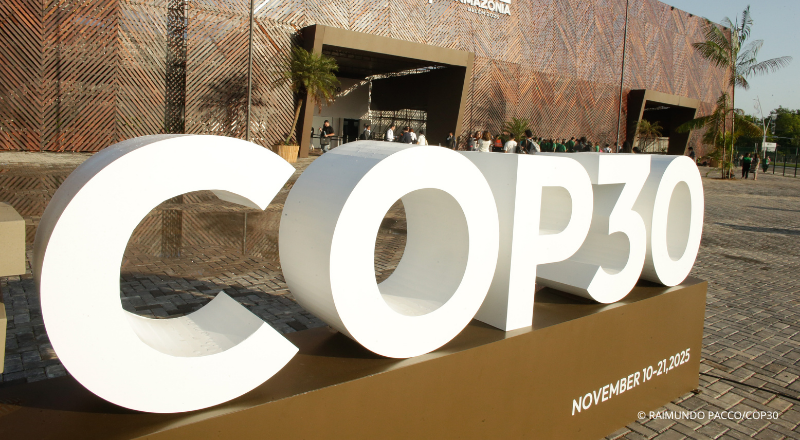
Restoration work often begins with something simple: a person, or a small group, looking at a damaged landscape and deciding it deserves better. A community dreaming of what their land could be again.
Yet between this spark of intention and a thriving, resilient ecosystem lies a complex path. Restoration demands knowledge, standards, planning, governance, funding, long-term community involvement and the stubborn willingness to keep going when the soil is dry, or the paperwork is dense, or the rains come late.
Hidden inside this complexity is one of Plant-for-the-Planet’s most important but least visible teams: the Advisory Service. Unlike the stories we often share about our Policy & Advocacy team in Bonn, our work in the lush Yucatán forests, or the lively activities of Youth Academies, the advisory team works quietly, behind screens and across continents, helping Restoration Organisations strengthen their projects long before a seedling ever touches the soil.

Recently, I spent an afternoon talking with the lead restoration advisor, David Mathenge, based in East Africa. The conversation began in the practical, matter-of-fact tone that technical experts often use: processes, onboarding steps, and the endless breadth of topics the team navigates each week, ecological, economic, social, technological, even cultural. But as the conversation unfolded, beneath the layers of standards and procedures were stories. Stories of projects trying their best with the knowledge they had, stories of communities who were determined to restore the land but were unsure where to begin and of quiet challenges that only emerged once someone took the time to ask the right questions.
Plant-for-the-Planet was founded on the idea that young people can change the world. But people who want to restore forests need support just as much as the forests themselves. They need guidance, clarity, honest feedback, and someone to call when they’re trying to align generations of local practice with international expectations and the Sustainable Development Goals.
This is the ecosystem the advisory team lives in every day.
Most Restoration Organizations (ROs) find us through the platform website. They read about our standards, see the success of other projects, and reach out – sometimes with polished proposals, sometimes with incomplete documents or handwritten notes. Others arrive through word of mouth, guided by another project already on the platform. And some connect because an advisor met them in the field, listened to their challenges, and recognized potential.
Once an RO expresses interest, the first step is a quiet but rigorous review by the headquarters team. They study the project description, examine the design, check the monitoring approach, and assess alignment with international restoration commitments and Plant-for-the-Planet’s own standards that ensure every project contributes not only to climate mitigation and biodiversity, but also to community wellbeing, adaptation, and the environmental and livelihood-related SDGs.
If the project is promising but not yet ready, it is referred to the advisory team.
This is where the work becomes deeply human. David described hours spent in conversation with projects, helping them understand what restoration standards mean in practice: the importance of transparent community structures, functioning nurseries, robust monitoring, clear planting plans, and well-documented risks. Many projects enter the advisory service with avoidable but common issues likw planting harmful or invasive species because they seem fast-growing; planting in ecosystems that are not naturally forested; using poor-quality seeds or nurseries that jeopardize survival; or struggling to navigate national and regional policy requirements. Others simply don’t yet know how to match species to site conditions, or how to increase biodiversity so that their future forests are resilient rather than vulnerable.
Advisors read proposals the way botanists read leaves, looking for the small signs that something needs support. They are the ones who say, “This is strong,” and the ones who say, “Let’s improve this together.” For many projects, these improvements become turning points: a shift away from non-native species, a redesign of planting density, a completely rethought nursery approach, a new understanding of their ecosystem, or, in some cases, the realisation that their land should not be forested at all.
Advisory work doesn’t stay behind a desk. Advisors like David travel to project sites, walk landscapes, sit with community members, observe planting techniques, and listen to concerns that never appear in official documents. These visits often reveal truths that paperwork cannot: the unexpected challenges, the small innovations, or the quiet strengths of a community working with limited resources but enormous determination.
Some of the most vivid stories come from these field interactions. One that stayed with David came from a project working with indigenous communities in the Congo Basin. He described how their forest governance systems – rules, rituals, and taboos passed down for generations – quietly shape how they harvest, protect, and move through the forest. These cultural systems, practiced long before global standards existed, often align surprisingly well with the restoration principles used today. What we might call “best practice” is, for them, simply inherited responsibility. The Congo Basin, like the Amazon, remains one of the great lungs of the world, protected in large part by people who understand the forest not as a resource but as a living relative.
Listening to these stories, you start to realize that advisory work is not only technical support, it is a living archive of restoration wisdom. It gathers insights from sites across continents and quietly weaves them into every new project that enters the platform. It ensures that lessons from one landscape can strengthen another, and that each RO has the chance to meet restoration standards with both scientific rigor and local relevance.
The team itself is small: advisors in the field working closely with the headquarters review unit, restoration scientists, conservation partners, and the independent on-site reviewers who travel long distances to verify what is happening on the ground. They meet weekly, exchange updates, troubleshoot challenges, and refine the standards that shape our platform. Their work influences every restoration story we share, every project published on the platform, and every donation made by a supporter who wants to know their contribution is making a real impact.
For years, much of this work lived quietly in the background. But as the platform grows and more restoration organizations join from around the world, the stories behind the advisory work deserve to be seen.
They matter because restoration is, at its core, about people. It is about communities learning to adapt, young leaders finding their voice, indigenous guardians protecting their lands, and technical teams ensuring that every planted seedling fits into a long-term, resilient vision of climate justice and the Sustainable Development Goals.
The advisory team sits at that intersection, where technical detail meets human reality, where global standards meet local wisdom, where the future of restoration is shaped one conversation at a time.

















